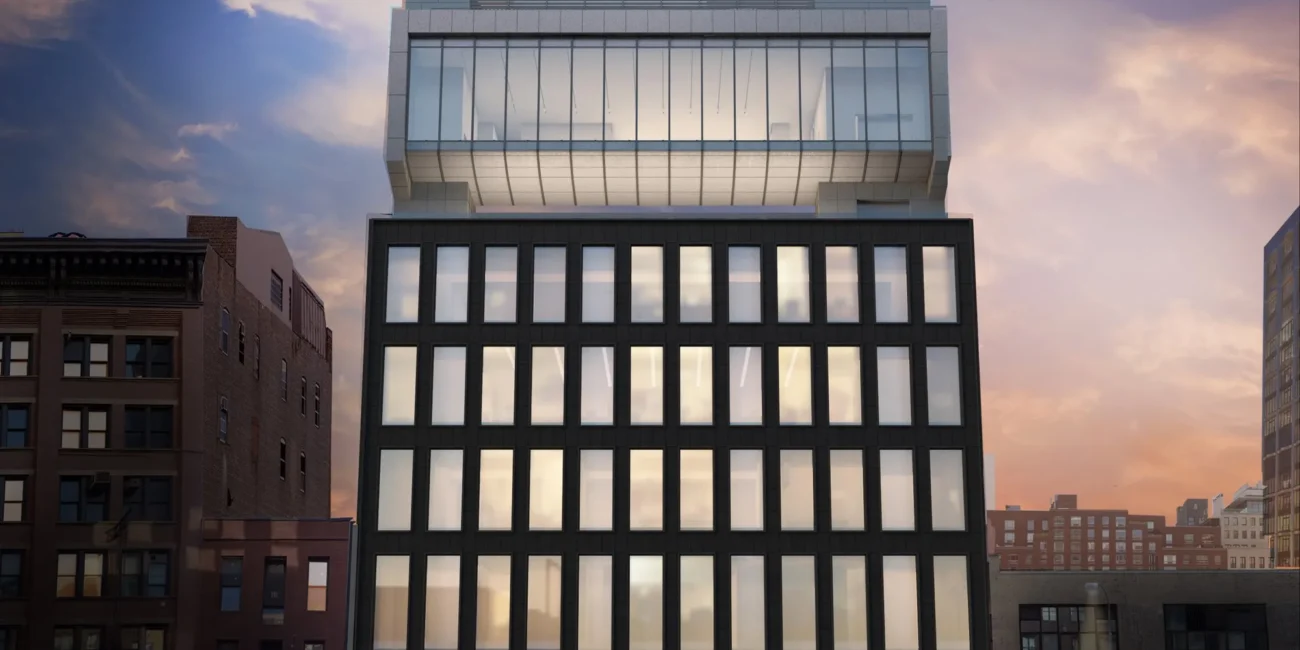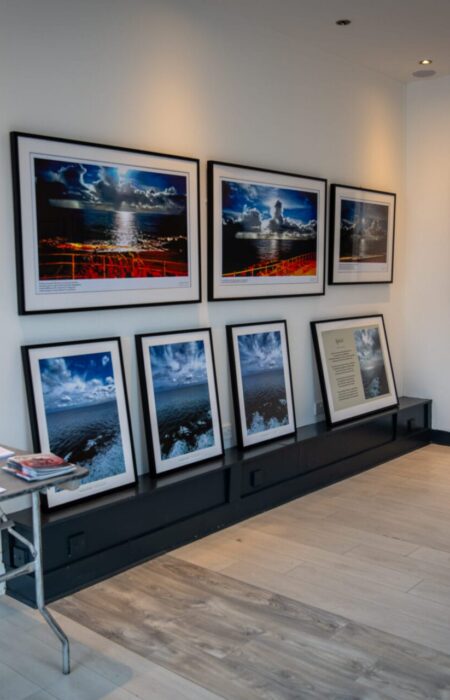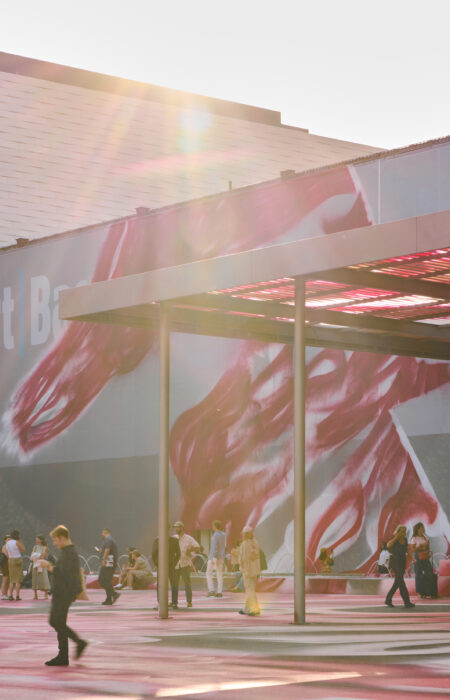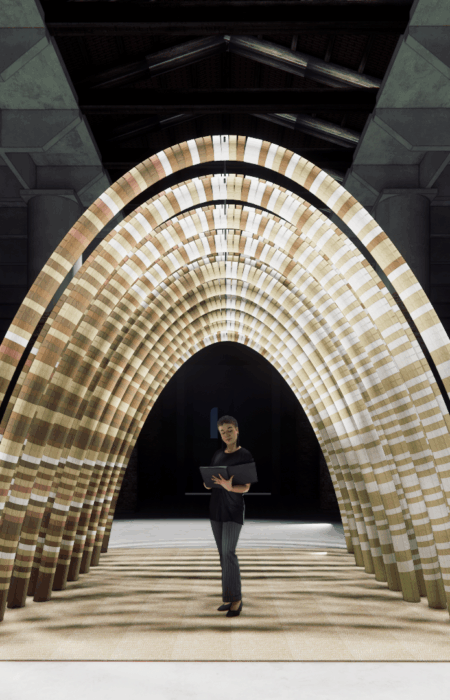Sotheby’s and Pace Gallery are currently in negotiations regarding a potential deal that would involve Sotheby’s making a significant investment in the major contemporary art gallery. While the deal is still in flux and no formal agreement has been made, sources close to the discussions have indicated that it is not an acquisition but rather a “joint venture” between the two entities, which would feature multiple components. This collaboration is being described as a “new model” for the art world.
While the news may seem groundbreaking, it isn’t entirely unexpected. Industry insiders have been speculating for weeks about the possibility of Pace and Sotheby’s entering into discussions about a major investment, merger, or even acquisition.
This potential partnership comes at a time when the art market is facing sluggish conditions. Dealers have voiced concerns about challenging market conditions and a volatile financial climate. Pace Gallery, which operates with a significant overhead, also faces the challenges of maintaining its expansive infrastructure. The gallery’s headquarters, a striking eight-story, 75,000-square-foot building in Chelsea, opened in late 2019 and was designed by CEO Marc Glimcher to represent Pace’s future vision. However, unlike many of its peers, Pace does not own the property, and the gallery reportedly pays a substantial monthly rent of more than $700,000 on a 20-year lease. This comes to around $8.4 million annually, in addition to the $18.2 million spent on the interior build-out and the $80 million cost of the building’s exterior.
A Pace spokesperson has disputed the reported figures, but the financial challenges of maintaining such a large operation are clear. As negotiations continue, this joint venture could offer Pace a way to adapt to the current art market landscape.
Pace Gallery has encountered several financial challenges, especially in relation to its new headquarters in Chelsea. In 2022, the gallery was ordered to pay $6.3 million in damages to CBRE, a real estate firm, over unpaid commissions. That year, Pace’s experiential art center, Superblue, also suffered significant financial difficulties, burning through most of its funding and abandoning several planned projects. In response to these issues, Pace’s CEO, Marc Glimcher, stepped down from his role in December.
In another setback, Pace allegedly pulled out of the Art Basel Paris fair in October after their proposal for a Public Project had been accepted. An adviser involved with the matter claimed that the cancellation was due to Pace’s lack of budget. However, Pace denied that any such project had ever existed.
Despite these challenges, rumors have circulated that Pace has been seeking investors for some time. While the gallery has not been officially put up for sale, it is clear that financial struggles have prompted a search for new sources of funding.
The talks between Pace and Sotheby’s, which have been ongoing since the pandemic, seem to reflect this search for financial stability. Both companies established outposts in East Hampton and Palm Beach, positioning themselves to cater to wealthy collectors. Additionally, in 2020, the collaboration between Pace, Gagosian, and Acquavella Galleries on the Macklowe Estate demonstrated their joint efforts to secure valuable assets against stiff competition.
Sotheby’s itself has not been without financial troubles. In January, the auction house reported a 23% decline in consolidated sales for 2024 compared to the previous year. S&P Global Ratings downgraded its credit rating in June, reflecting falling revenues and rising costs. Furthermore, Sotheby’s made significant layoffs and reversed a controversial overhaul of its fee structure. However, the auction house managed to secure a $1 billion investment in October from the Abu Dhabi sovereign wealth fund ADQ, which will help pay down a substantial portion of its debt.
The potential partnership with Pace could be highly beneficial for both parties. For Pace, the deal could provide immediate financial relief, while Sotheby’s stands to gain from a strengthened global brand presence. Sotheby’s CEO, Charles Stewart, has focused on expanding the company’s reach into the secondary market for luxury goods like cars, watches, and wine, and has overseen the opening of high-end retail spaces in Hong Kong and Paris. These initiatives aim to rebrand Sotheby’s as more than just an auction house, positioning it as a lifestyle destination for collectors.
Ultimately, the partnership between Pace and Sotheby’s could be a strategic move to secure financial stability and tap into new revenue streams, both through expanded luxury goods markets and a closer collaboration in the art world.
Sources close to Sotheby’s CEO Charles Stewart suggest that he has previously considered partnerships with galleries, and a potential deal with Pace Gallery could provide significant benefits for both companies. A collaboration between the two could offer Sotheby’s better access to the high-net-worth collectors that drive their business while also strengthening Pace’s position in the art world. Such a partnership would also complement the role of Noah Horowitz, who in 2021 was appointed worldwide head of gallery and private dealer services at Sotheby’s. His role, which was focused on building relationships with galleries, was seen as an effort to broaden Sotheby’s private sales division, but Horowitz and other key players like Brooke Lampley have since left the company—Horowitz now serves as CEO of Art Basel, and Lampley has joined Gagosian.
For Sotheby’s, a partnership with Pace could provide better access to lucrative private sales, improve insight into estates coming to market, and potentially strengthen its art lending business, Sotheby’s Financial Services, with Pace collectors gaining access to preferred rates. Additionally, the collaboration would allow Pace to leverage Sotheby’s global reach and infrastructure, benefiting both parties.
Another intriguing possibility is the Breuer Building, which Sotheby’s secured last year for $100 million as its new headquarters. While the Brutalist landmark on Madison Avenue is a striking acquisition, insiders have expressed doubts about its ability to accommodate both a complete evening sale and the auction house’s staff. Pace, which is facing significant financial burdens from its Chelsea headquarters, could find relief by subletting space in the Breuer Building, allowing for cost savings and more efficient operations.
Historically, auction houses have acquired galleries, such as Sotheby’s purchase of Noortman in 2006 and Christie’s acquisition of Haunch of Venison in 2007. However, these acquisitions did not prove to be lasting, and the galleries eventually ceased to exist. This has led to some skepticism within the industry regarding the long-term success of such partnerships. Despite this, the potential deal between Pace and Sotheby’s would be a strategic move, and if structured well, could serve both companies’ interests by opening up new revenue streams, enhancing access to collectors, and bolstering their positions in the art market.










